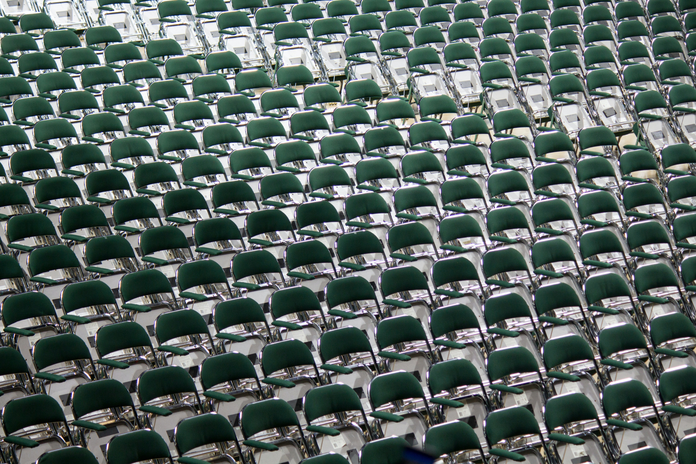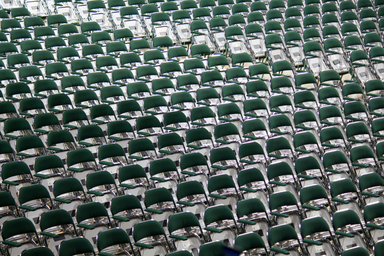The stereotypical female lacrosse player is usually tall with a long ponytail and a Lululemon headbands. Male lacrosse players are typically tall, strong and have a full head of beautiful hair (also referred to as “flow”). What both men and women lacrosse players typically have in common is that they are usually white. In the lacrosse world, it is not hard to see that the predominant color is white and that there is a lack of African American players within the lacrosse community.
Considering the history of the sport, it seems strange that there is still a lack of diversity in the game. The sport began as an indigenous sport started by Native American tribes in the early 1400s. However, even before our time, whites began to take over the sport of lacrosse. In 1840, French settlers in Canada began to adapt the game and came up with rules and regulations.
Often, at both men and women’s lacrosse tournaments, the athletes seen on the field also come from wealthy families. The sport itself is extremely expensive. I began playing at the age of 14, and I had to pay $300 as a participation fee without factoring in the cost of a face mask, stick and mouthguard. There is a lot of pressure in the lacrosse world to use the best gear that money can buy and that in itself can turn a person away from the sport.
The real question is whether the lack of people of color on the lacrosse field is related to the financial costs to play the sport and the gentrification of blacks in the U.S. Or, is the lack of African Americans lacrosse players caused by the sports stereotype as a white-dominated sport that blacks do not feel comfortable participating in? As of right now, the diversity of the sport is unchanged. The hope is that as the sport’s popularity spreads throughout the country and becomes an official sport at more colleges, the black population within the sport will increase.
As the sport’s popularity rises, more and more people of color are beginning to appear on the field. Icons like the ever-popular Tari Kandemiri, better known as Official Lax Girl on Instagram and Twitter, have no fear exposing themselves as being one of the few black players in the game. She is a role model for most young, black women interested in the sport of lacrosse, myself included. She was interviewed last spring for an article by Lacrosse Magazine in which she explains that before she revealed her identity to her social media followers, people automatically assumed she was white. This particular comment is the perfect example of the lack of blacks within the lacrosse community. However, having role models such as our Official Lax Girl helps to call attention to the sport.
While the sport does require a large amount of money to participate, it is also a hard sport to flourish in terms of diversity because of its lacking presence at lower socioeconomic schools. Many public schools and other inner-city schools cannot afford the facilities the sport requires. The gentrification of blacks into poor, inner-city areas hinders the black youth from affording many sports. In order to diversify lacrosse, there needs to be more influence from the existing black players. Likewise, the sport needs to become more affordable in order for blacks and inner-city youths in general to come and participate. Programs like the U.S Lacrosse BRIDGE (Building Relationships to Initiate Diversity) program are helping to make lacrosse more affordable and attainable for black, inner-city youth .
As the sport of lacrosse grows, the hope is that the population of black players will continue to grow with it. I can proudly say that I play for a very diverse team at Kalamazoo College; however, I hope to someday be able to go to a lacrosse tournament and see more than just our black faces in attendance. As lacrosse continues to spread across the country, I am hopeful that my black brothers and sisters will triumph in a once white-dominated sport.

